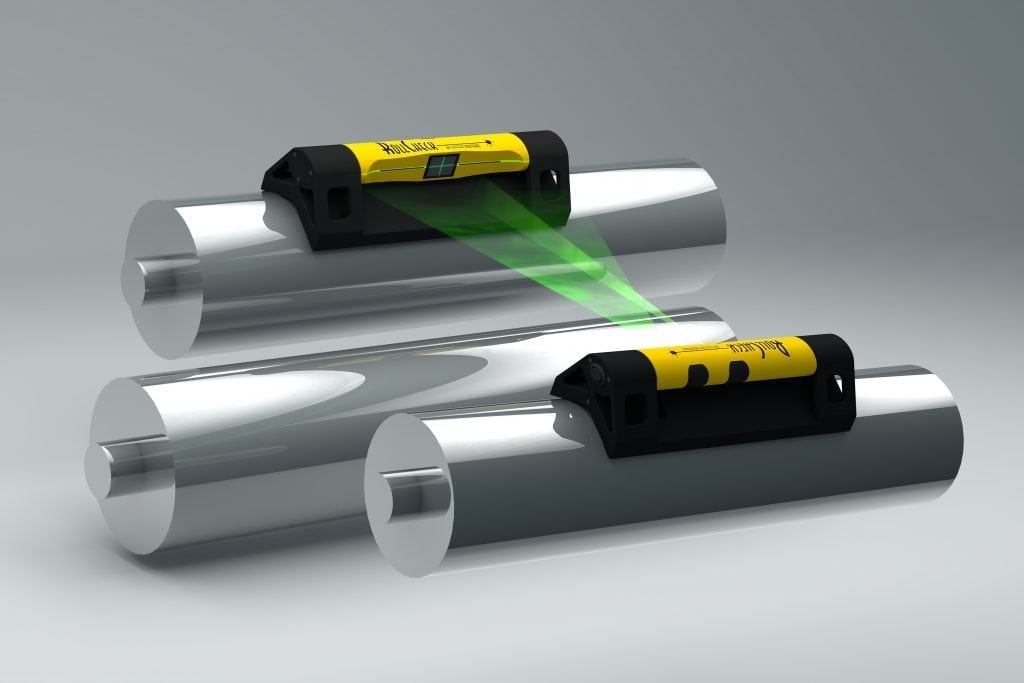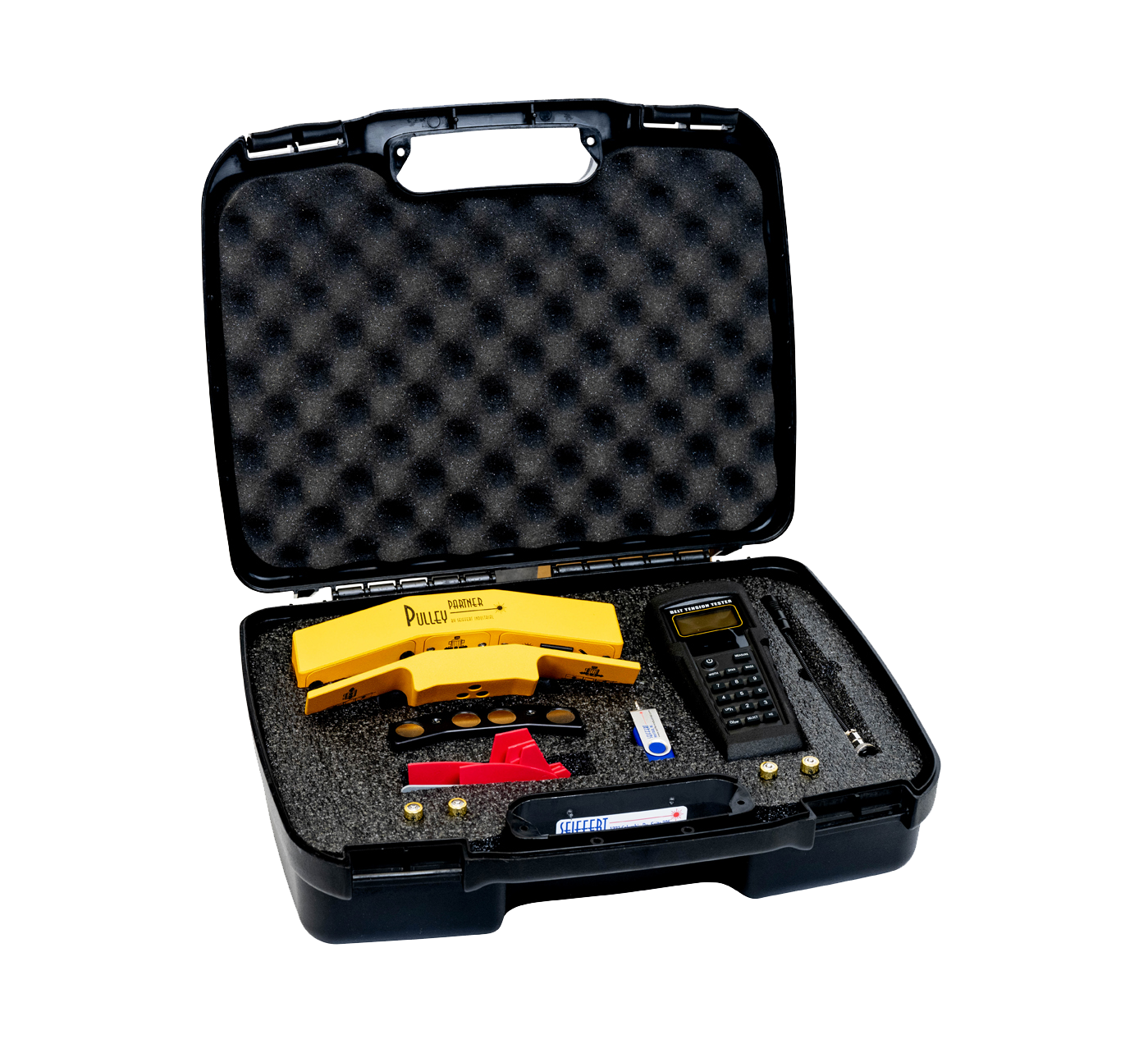Proper roll alignment is important. Things like paper machines, coaters and winders have hundreds of rollers. There are generally two types of roller misalignments: in-plane and out-of-plane. These can be measured. If rollers are parallel, they’re in-plane. If and when one end of a roller should happen to skew downstream, for example, then the roller is “in-plane misaligned,” and, thus, not parallel like intended. To determine an in-plane misalignment, a “square” measurement is taken.

Other alignment measures include optical alignment, whereas the equipment is set up in line with the machine’s main datum line. Then there’s Pi tape alignment, a quick way to check roll-to-roll alignment, whereas the distance around both rolls (on the tending and drive side) is checked.
Proper alignment helps improve productivity, reduces production downtime, and ultimately helps create better finished products.
Laser Alignment Tools Improve Consistency
Laser alignment systems can be used to check the profile of a roller. They can also be used to check roll parallelism in the vertical orientation as well as roll position in the horizontal plane. Laser alignment systems typically allow operators to determine measurements to within 0.001 inch. This kind of accuracy is important when you have a machine working overtime to do its job and you don’t want any mishaps or mistakes.
Traditional alignment techniques involve some guesswork and subjectivity. Laser equipment, however, is more precise. It’s also quicker and offers quantitative measurements that can be determined over a large machine with many rollers.
When you want to reduce machine wear, breakdowns and/or lost production time, you should utilize laser alignment systems in order to make sure everything is functioning as intended.
Seiffert Industrial believes that rolls that are aligned well to each other will improve product quality and increase productivity. For more info, visit this page.

